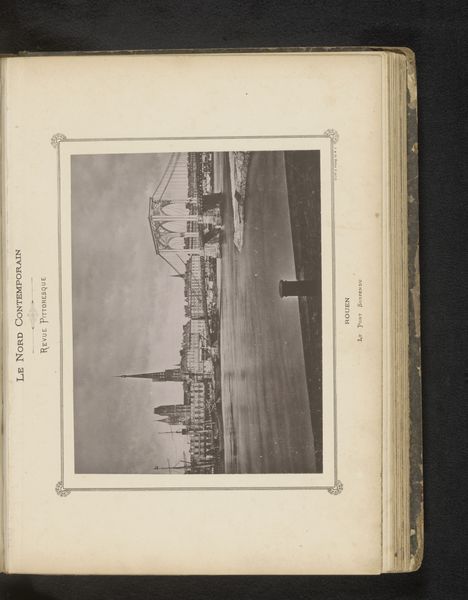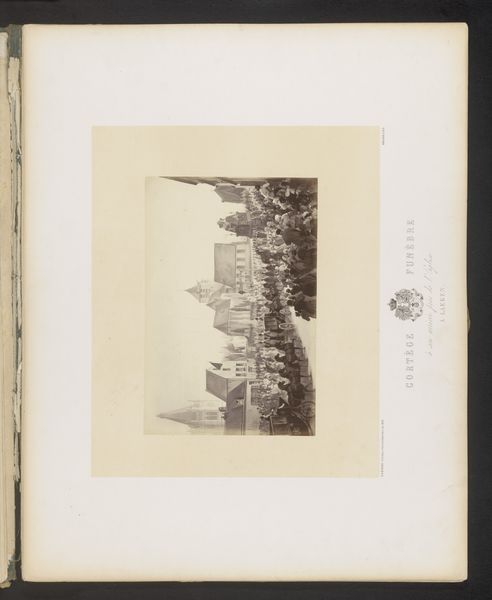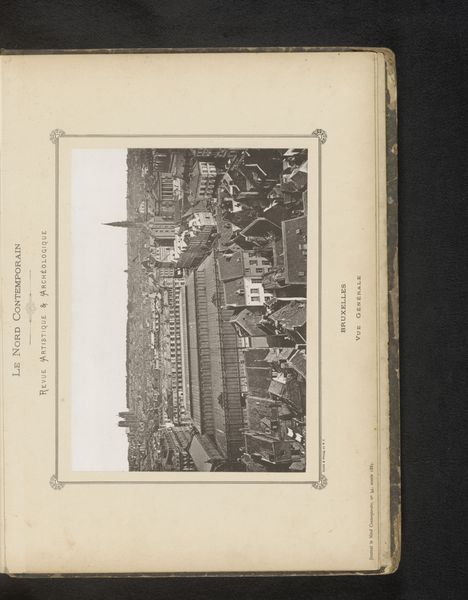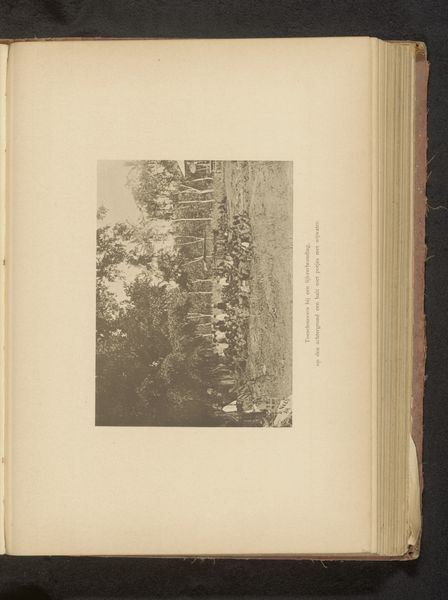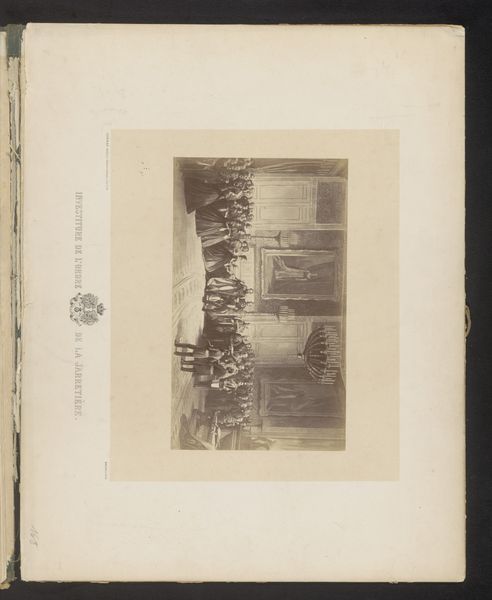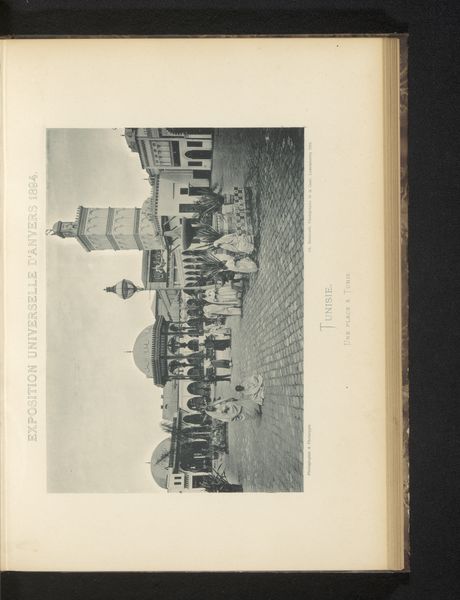
Gezicht op de zuil La Colonne de la Déesse op het Place de Général du Gaulle in Lille, ter nagedachtenis aan het verzet tegen de Oostenrijkers in 1792 before 1882
0:00
0:00
print, photography
# print
#
landscape
#
photography
#
cityscape
Dimensions: height 152 mm, width 213 mm
Copyright: Rijks Museum: Open Domain
Editor: So, this is an old photographic print, likely before 1882, titled 'View of the Commemorative Monument in Lille', by the photographer Lemercier. It feels very formal and grand. What sociopolitical layers are we seeing here? Curator: Absolutely. Look at the subject: La Colonne de la Déesse, commemorating resistance against Austrian forces in 1792. The photograph captures not just a monument, but a constructed memory. Who is it serving? Who is omitted from this narrative? Editor: A fair point. I hadn't considered whose voices are absent. Is there something about the visual language that highlights this exclusion? Curator: Consider the wide urban shot; the way the monument is situated within the Place du Général de Gaulle. This isn’t just about remembering an event; it's about claiming public space and visually asserting a specific national identity, especially relevant given the historical tensions in the region. How does that positioning influence its meaning? Editor: It feels…imposing. Deliberately so. It silently tells a one-sided story through scale. Curator: Precisely. The photographer’s perspective isn't neutral either. This elevated viewpoint reinforces the power dynamics inherent in commemorative architecture. Who benefits from these symbols? And how can contemporary art and theory challenge such constructed histories? Editor: So, understanding art history means examining its relationship to identity and power? Curator: Yes. This image reminds us that monuments are not passive objects; they are active participants in shaping our understanding of history. Editor: I will remember this next time when interpreting historic monuments, understanding them in their complex sociopolitical settings. Curator: And understanding the role of the photographic medium in shaping, framing and disseminating them.
Comments
No comments
Be the first to comment and join the conversation on the ultimate creative platform.

